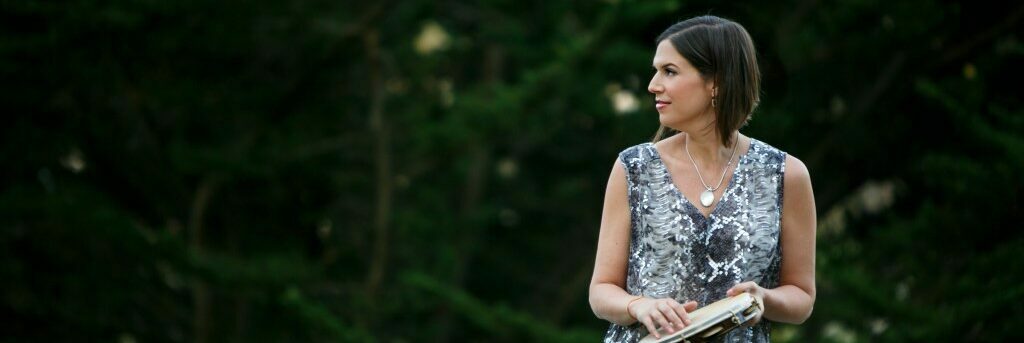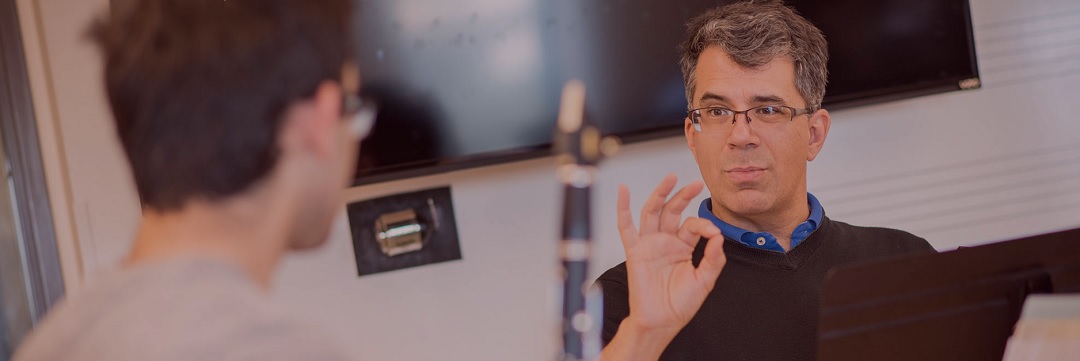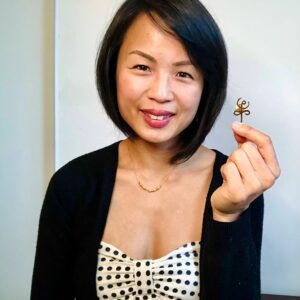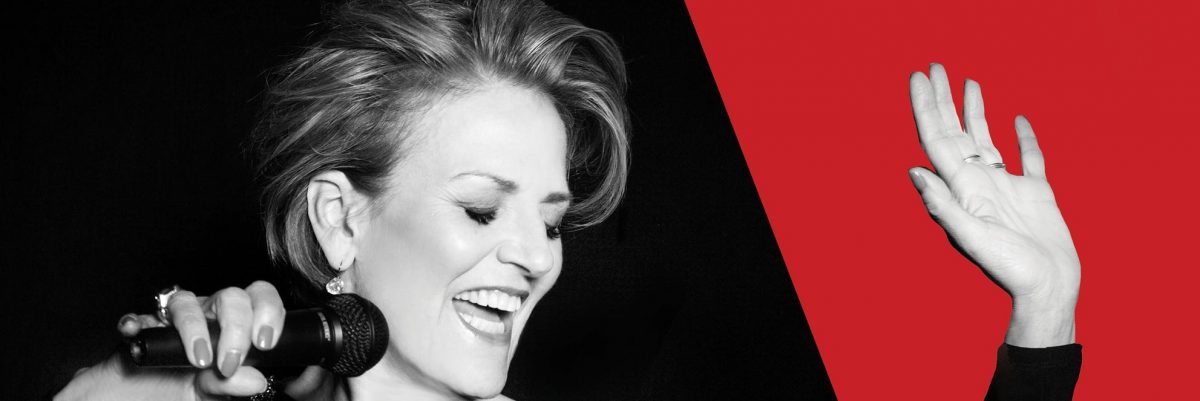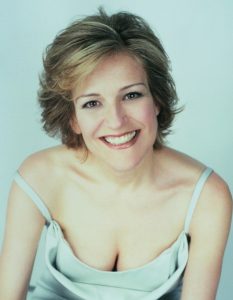Are you ready for some rhythm? Our June 12 online workshop, Samba Syncopation, features guitarist Edinho Gerber and percussionist Ami Molinelli, who’ll share their insights into Brazilian music’s complex, infectious beats. We asked Ami—a respected educator as well as a performer—to give us a preview of what is sure to be an exciting hour.
You’re a San Francisco Bay Area native. What drew you to Brazilian percussion?
I grew up in Burlingame in a not-especially-musical family. My father played the accordion—he was semi-forced to, being of Italian descent—and that’s my earliest musical memory. My mother rented a piano for all of us to play, and it stuck with me. I took piano lessons until high school, when I quit. At UC Berkeley, I took a steel-drum ensemble class and an African drumming class, and that’s when I fell in love with percussion.
For workshop participants who may be new to Brazilian music, how would you describe samba? How does it differ from other Brazilian musical styles such as bossa nova or choro?
Brazil’s earliest music is choro. Urban samba, which is both a dance and a musical style, evolved in Rio de Janeiro in parallel with choro in the early 20th century. It derived from samba de roda—roda means “circle” in Portuguese—which originated in Bahia, in the northeast, and ultimately from West Africa.
Brazilian samba is written in 2/4 time signature. The constant 16th-note motion that you hear in a shaker with the big bass drum, the surdo, emphasizes beat 2: It’s the heartbeat of a basic samba. The melodies are a mix of African, Indigenous, and European, often in call-and-response form. The widely known bossa nova is a variation of samba.
The original melody of “Girl from Ipanema,” by Tom Jobim, is very syncopated. One of my teachers, Jovino Santos Neto, once said in a lecture that the Portuguese lyrics to “Girl from Ipanema” have that syncopation while the English lyrics are all eighth notes and don’t reference the melody of the song!
In non-pandemic years, the last weekend of May is when San Francisco holds its Carnaval. How did you mark the occasion this year?
We had a very successful virtual Carnaval! Musicians from all over—the Bay Area, Santa Barbara, Chicago, Brazil—got together to present “Raizes do Choro e Samba” (Roots of Choro and Samba). It was a free online event in partnership with Red Poppy Art House, a small art gallery and music venue in San Francisco’s Mission District.
What else have you been doing, musically, during the last 15 months of pandemic restrictions?
I was very fortunate to receive a San Francisco Arts Commission grant to produce a live performance, Historia do Choro, which I’ve turned into a virtual presentation. I’m also promoting the Historia do Choro album. I’ve been recording from my home studio, and I did a couple of livestreams. Just last month I did my first few in-person gigs—at Rocky’s Market in Oakland, as part of their weekly music series, and at the Healdsburg Hotel. It’s been really lovely to be out again!
Watch the preview of the May 29 virtual Carnaval event, “Raizes do Choro e Samba”:
